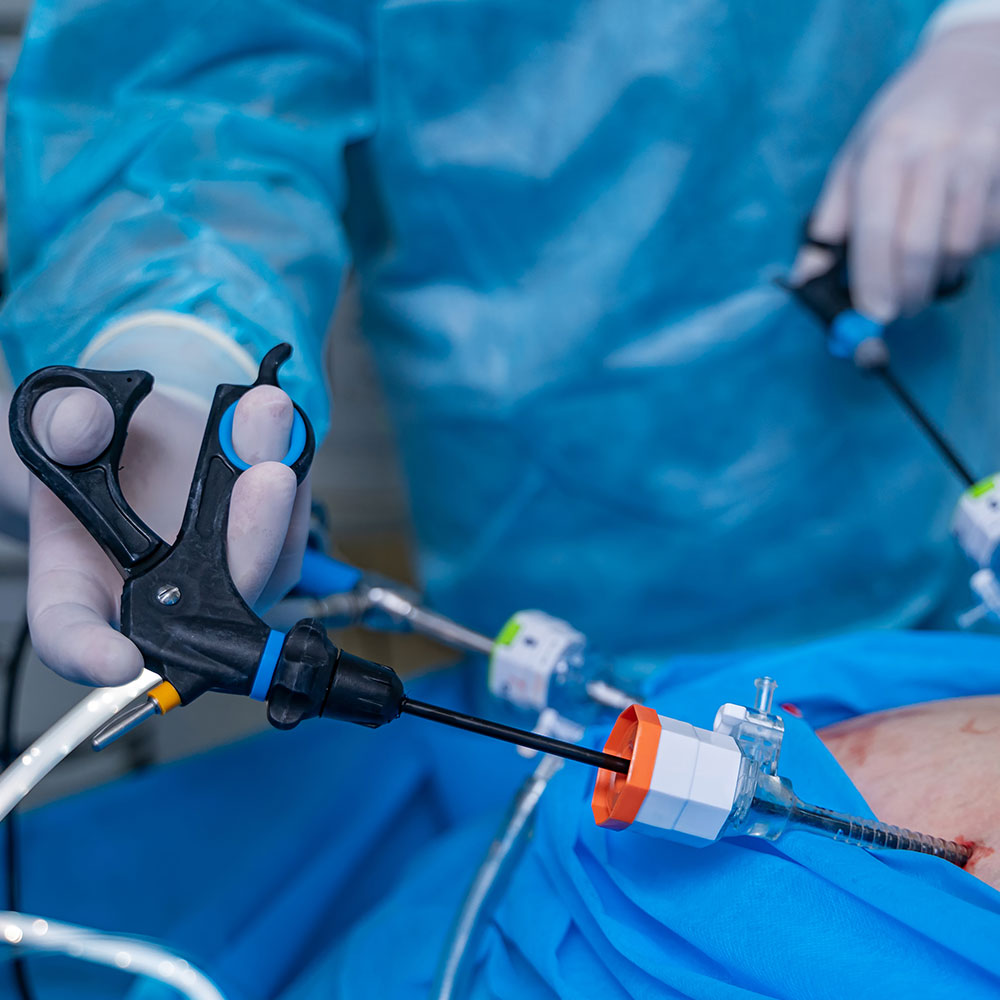Suffering from a disease requiring surgery can be nerve-wracking. You will be required to decide the time of the procedure, choosing the surgeon for it, and selecting the facility. At the same time, you also might be worried about the recovery process, the time it will take for you to get back to your normal routine, and the pain that you will have to bear during and after the procedure.
Though one cannot eliminate the need for surgery, minimally invasive procedures can reduce your worry about your recovery and pain. Since the 1990s, minimally invasive surgical procedures have brought about a tremendous change in the field of medicine, improving the quality of life of those enduring surgical interventions (1).
What is Minimally Invasive Surgery?
In this surgery, such techniques are used that allow surgeons to make cuts and incisions in a limited number. This technique is considered quite safe in comparison to open surgeries because one large cut is made in open surgeries so that the part on which the surgeon is operating becomes visible. However, this is not the case in minimally invasive surgery because small tools, lights, and cameras are used by the surgeons to carry out the procedures. These tools can easily fit across small incisions through your skin. Minimally invasive surgery provides surgeons with the opportunity to operate without opening a lot of muscles and skin.
Robotic technology is used in some surgeries for more precision and control during the procedure. Examples of minimally invasive surgeries include laparoscopy for myomectomy, hysterectomy, hernia repair, gallbladder removal, appendectomy, endoscopy, Video-Assisted Thoracoscopic Surgery, etc. (2).

Why do minimally invasive surgeries are a better option?
- Smaller Incisions: The biggest advantage of a minimally invasive procedure is that it eliminates the need to make large cuts during the procedure. In its place, a small cut is made by the surgeon that is big enough to allow a camera, a tube, or other surgical tools to pass through it. Internal organs are clearly observed by the surgeons with the help of fiber-optic cameras similar to large incisions in open surgeries (3).
- Fewer Complications: Swelling and bleeding reduce due to small cuts. Since there is no need to make large incisions, the surrounding organs, tendons, nerves, muscles, and tissue remain safe from damage.
- Lower risk of infections: The entry of viruses and bacteria into the body reduces due to smaller cuts and the result is a decreased rate of infections.
- Reduced duration of hospitalization: Some surgeries don’t even require patients to get admission to the hospital. Due to this, the stay at the hospital reduces, decreasing the overhead costs. Therefore, minimally invasive surgeries are also cost-effective (4).
- Reduced recovery and downtime: Since no big cuts are made, the recovery period is small with fewer activity limitations. Also, there is less swelling and pain and one can get back to a normal routine in a few days. This procedure produces less scaring because smaller cuts needs few stitches (5).
At Symbiosis Speciality Hospital, a team of certified doctors specializes in performing minimally invasive surgeries. For more information, feel free to contact our team for further guidance.
Sources
1. Mayo Clinic. Multiple benefits to minimally invasive surgery [Internet]. Mayo Clinic Health System. 2015 [cited 2022 Mar 4]. Available from: https://www.mayoclinichealthsystem.org/hometown-health/speaking-of-health/multiple-benefits-to-minimally-invasive-surgery
2. McMacken M. Types of Minimally Invasive Surgery (Robotic, Endoscopic, Laparoscopic): Johns Hopkins Medicine in Baltimore, MD [Internet]. [cited 2022 Mar 4]. Available from: https://www.hopkinsmedicine.org/minimally_invasive_robotic_surgery/types.html
3. Minimally Invasive Spine Surgery – How Does It Work? [Internet]. [cited 2022 Mar 4]. Available from: https://www.aans.org/
4. Jones DB, Rege RV. Minimally Invasive Surgery. In: Souba WW, Wilmore DW, editors. Surgical Research [Internet]. San Diego: Academic Press; 2001 [cited 2022 Mar 4]. p. 573–82. Available from: https://www.sciencedirect.com/science/article/pii/B9780126553307500460
5. Minimally Invasive Surgery [Internet]. Yale Medicine. [cited 2022 Mar 4]. Available from: https://www.yalemedicine.org/conditions/minimally-invasive-surgery




